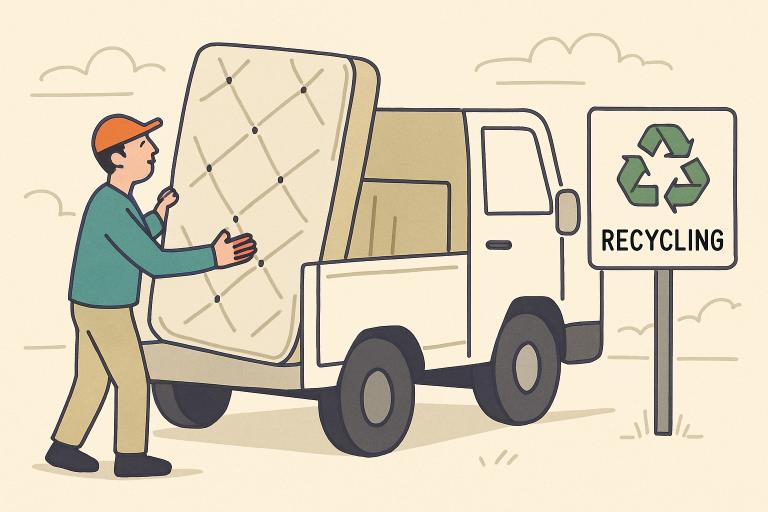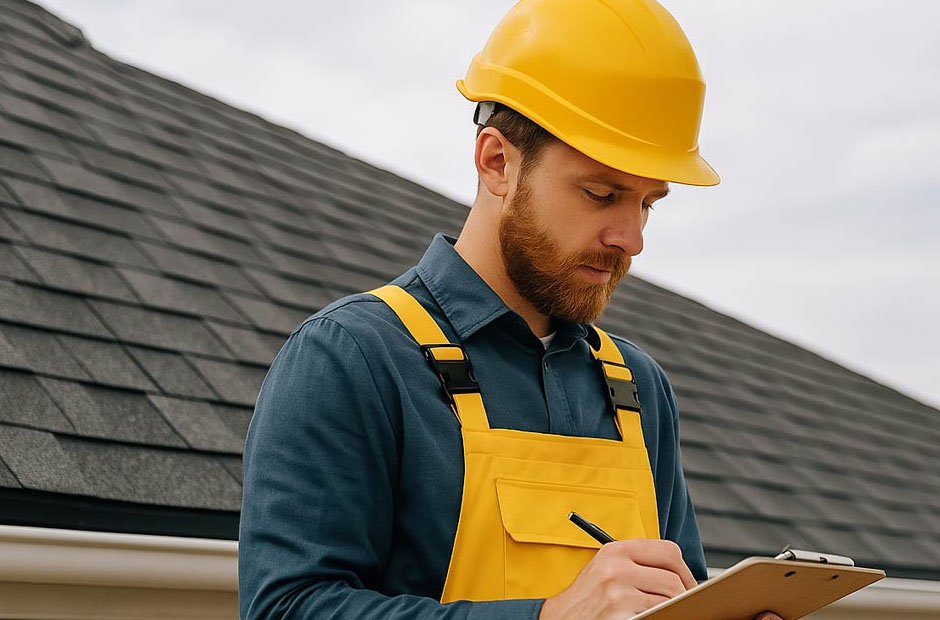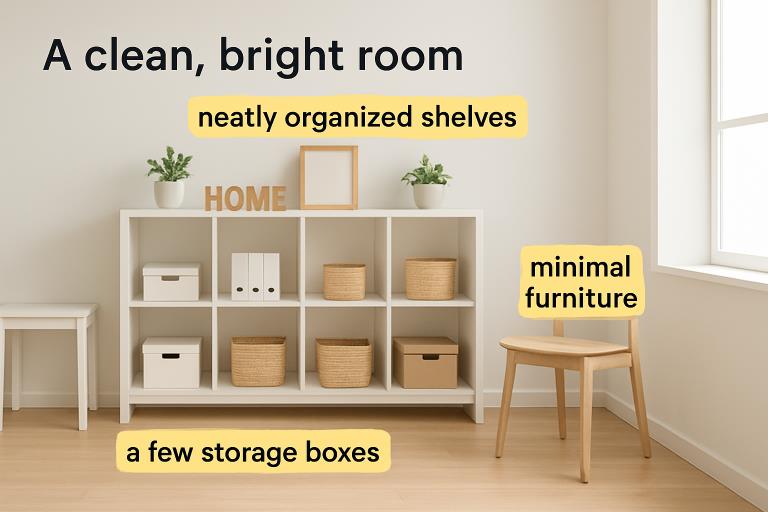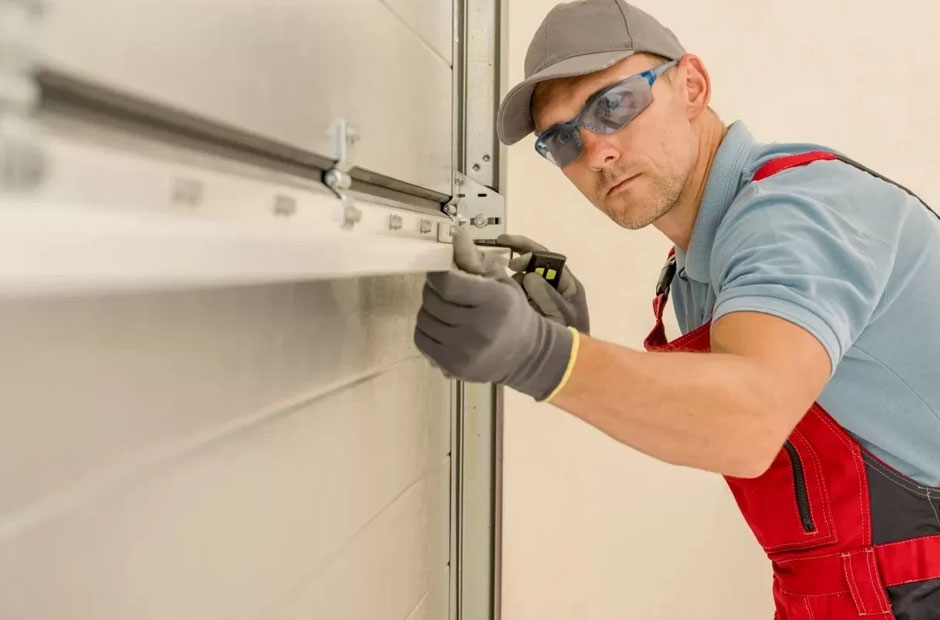Now Reading: Troubleshooting Tips for a Broken Home HVAC System
-
01
Troubleshooting Tips for a Broken Home HVAC System
Troubleshooting Tips for a Broken Home HVAC System
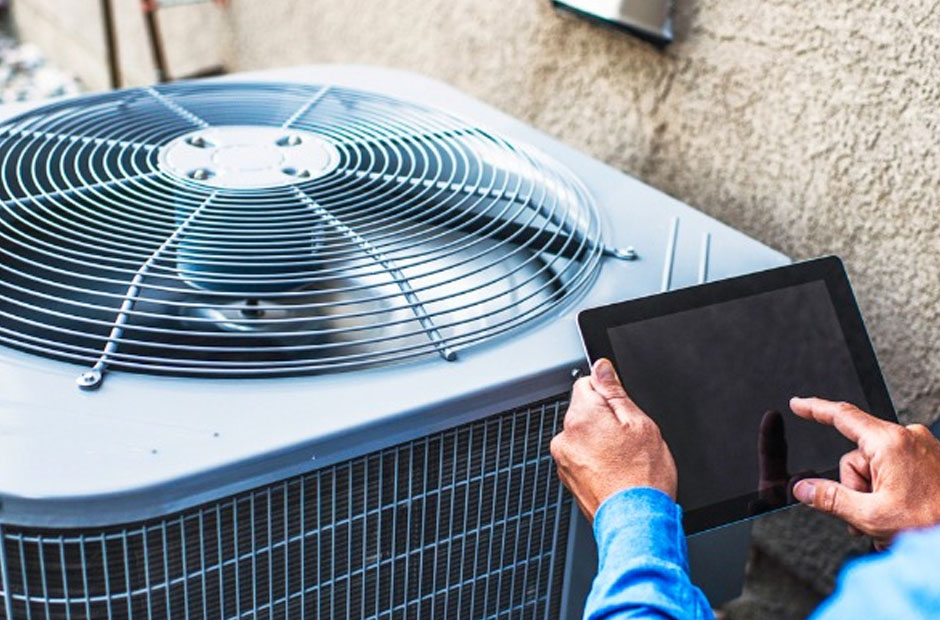
A home’s heating, ventilation, and air conditioning (HVAC) system works quietly in the background, keeping you comfortable year-round. When it suddenly stops working, it can disrupt your entire household. Before you make a service call, there are several simple troubleshooting steps you can take to identify and potentially fix the problem yourself.
This guide will walk you through common issues and provide practical tips to help you diagnose what’s wrong with your HVAC system. Following these steps can help you restore comfort quickly or, at the very least, provide valuable information to a technician.
Start with the Basics
Often, the simplest explanation is the correct one. Before assuming a major failure, check the most fundamental components connected to your HVAC system.
Check the Thermostat
Your thermostat is the command center for your entire system. An incorrect setting or a dead battery could be the source of your problem.
- Confirm the Settings: Ensure the thermostat is set to “cool” or “heat” and that the target temperature is set correctly. If you want cool air, the set temperature should be lower than the current room temperature, and vice versa for heat.
- Check the Batteries: Many digital thermostats are battery-powered. If the screen is blank or showing a low battery indicator, replace the batteries.
- Inspect for Power: If it’s a hardwired thermostat, check to see if it has power. A blank screen on a hardwired model might indicate a tripped breaker.
Inspect the Circuit Breaker
HVAC systems use a lot of power and are typically connected to dedicated circuits. A power surge or overload can cause a breaker to trip.
Locate your home’s electrical panel and look for the breakers labeled “HVAC,” “furnace,” “air handler,” or “AC.” If a breaker is in the “off” or middle position, switch it completely off and then back on to reset it. If the breaker trips again immediately, do not reset it. This indicates a more serious electrical issue that requires professional attention.
Common Issues and Solutions
If the thermostat and breakers are fine, the next step is to look at the system components themselves.
Dirty Air Filters
A clogged air filter is one of the most frequent causes of HVAC problems. It restricts airflow, forcing your system to work much harder. This can lead to overheating in the winter, a frozen evaporator coil in the summer, and ultimately, a complete shutdown.
Check your air filter and replace it if it’s dirty. A good rule of thumb is to replace filters every 1-3 months, depending on factors like pets, allergies, and local air quality. A clean filter not only helps your system run efficiently but also improves your home’s indoor air quality.
Blocked Vents and Registers
Your HVAC system needs clear pathways to distribute conditioned air. Make sure that furniture, rugs, or drapes are not blocking any supply or return air vents. Obstructed vents disrupt airflow, creating hot or cold spots in your home and putting unnecessary strain on your system.
The Outdoor Unit is Obstructed
The outdoor condenser unit for your air conditioner needs adequate space to function. It works by releasing heat from your home into the outside air. If it’s covered in dirt or surrounded by obstructions, it can’t do this effectively.
Inspect the area around your outdoor unit. Clear away any leaves, grass clippings, or debris. Also, make sure there are at least two feet of clearance around the entire unit. Prune back any shrubs or plants that may be crowding it.
When You Need a Professional
While these troubleshooting steps can resolve many common issues, some problems are too complex or dangerous for a DIY approach. It’s time to call a qualified technician if you notice any of the following:
- Strange noises like grinding, squealing, or banging.
- A burning smell coming from your vents.
- The system cycles on and off frequently.
- Your utility bills have spiked unexpectedly.
Attempting to fix electrical components or refrigerant leaks can be hazardous without the proper training and tools. If your system is old and has recurring problems, it might be nearing the end of its lifespan. In such cases, investing in a new system might be more cost-effective than paying for constant repairs. A professional can evaluate your needs and discuss options like a new furnace installation in Cottonwood Heights to ensure long-term reliability and efficiency.


